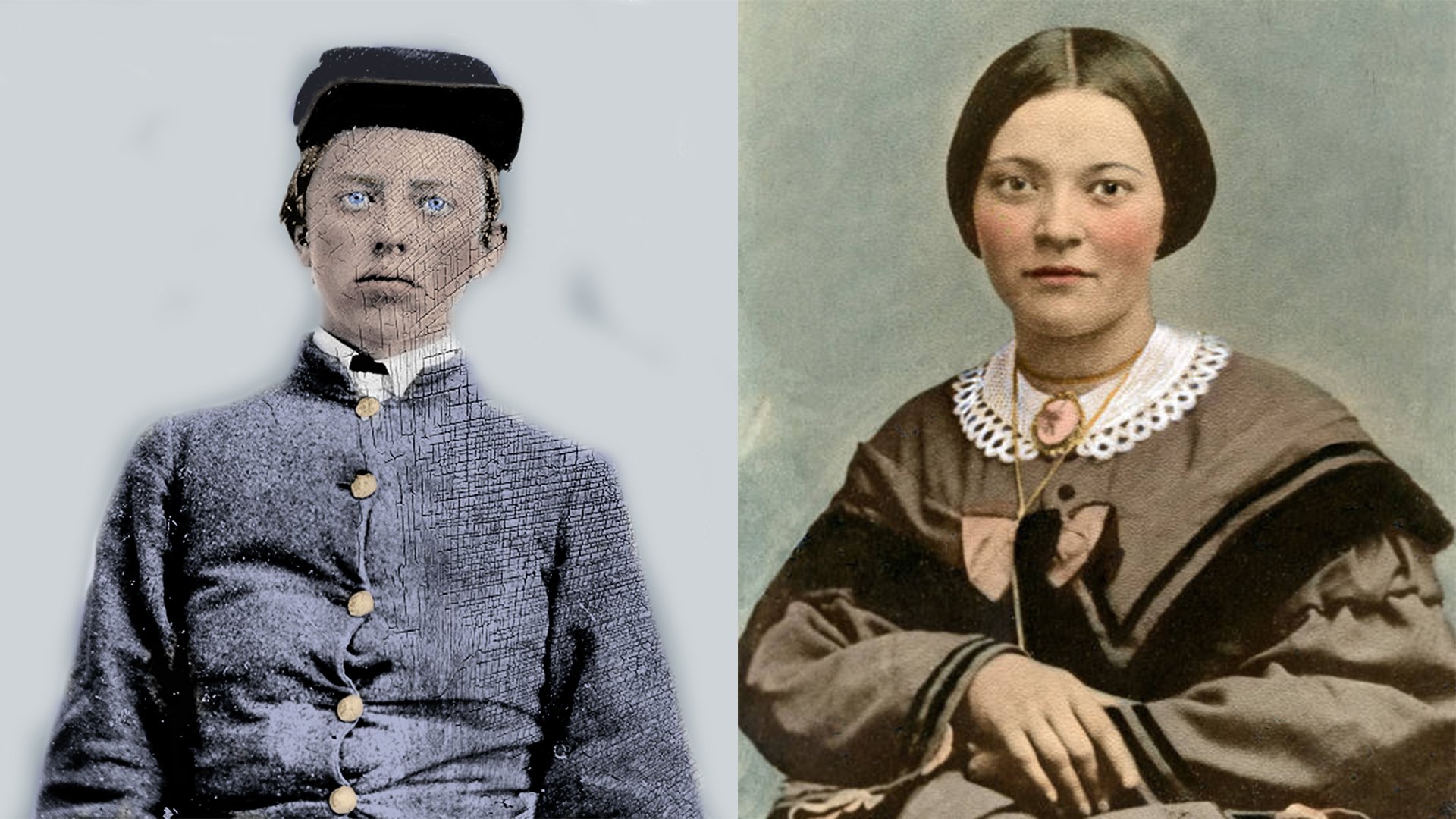
People
Learn about the Civil War in the Valley from the stories of the men, women, soldiers, and civilians that lived through it
The “Crooked Button” photograph of Stonewall Jackson taken in Winchester
Thomas J. “Stonewall” Jackson
Lieutenant General (CSA)
January 21, 1824 — May 10, 1863
Born in 1824 in Clarksburg in western Virginia (now West Virginia), Stonewall Jackson’s early childhood was riddled with hardship. Both of his parents died when he was very young, and he was raised by his uncle. With only a meager education, Jackson entered West Point in 1842 and graduated in the top third of the class of 1846. He served with distinction during the Mexican War, and in 1851, he accepted a teaching position at the Virginia Military Institute. When Virginia seceded from the Union in April 1861, Jackson was ordered first to Richmond with VMI’s cadet corps and then to Harpers Ferry to organize a brigade in Virginia’s army.
Jackson came to Winchester as a brigade commander in June 1861, when General Joseph E. Johnston moved Confederate forces there from Harpers Ferry. When Johnston’s troops were summoned to Manassas in July, Jackson’s brigade led the way. During the fight at Manassas, Jackson earned his eternal sobriquet of “Stonewall” after General Barnard Bee, trying to rally his men, pointed to Jackson atop Henry House Hill and shouted, “Look men, there stands Jackson like a stone wall. Rally behind the Virginians!”
On October 7, 1861, Jackson received a promotion to major general and was given command of the Valley District. He arrived in Winchester in mid-November and remained there until March 11, 1862. After suffering defeat at the First Battle of Kernstown, Jackson reorganized his troops and prepared to strike in early May. Jackson gained victories at McDowell, on May 8, and at Front Royal, on May 23. Two days after Front Royal, Jackson’s troops liberated Winchester from Union control in the First Battle of Winchester.
After victory in the Shenandoah Valley, Jackson went east to fight in the Seven Days’ Battles, the Maryland Campaign, and the Battle of Fredericksburg. Following a tactical draw at the Battle of Antietam, Jackson and the entire Army of Northern Virginia camped around Winchester. While in Winchester, Jackson worshiped regularly at the Presbyterian Church on Kent Street. He also made a number of social visits, to Mary Lee, and to the family of Dr. Hunter McGuire, a Winchester native and his medical director. During dinner with McGuire’s family, Jackson was asked to have his photograph taken. Jackson obliged and went to the studio of Nathaniel Routzahn on Loudoun Street. The image Routzahn captured was Mary Anna Jackson’s favorite likeness of her husband. This image is commonly referred to as the “crooked button photograph.” (image above)
Jackson’s command departed Winchester on November 22. This was the last time he would visit Winchester. On May 2, 1863, after a masterful flank attack on the Union line during the Battle of Chancellorsville, Jackson was mistakenly shot by men of a North Carolina regiment. Jackson’s left arm was amputated. The wounds were healing, but unfortunately Jackson contracted pneumonia. He died on May 10 in Fairfield.
Jackson was buried in the burial ground of the Presbyterian Church in Lexington, a site that is now the Stonewall Jackson Memorial Cemetery.
“Let us cross over the river and rest in the shade of the trees.”

